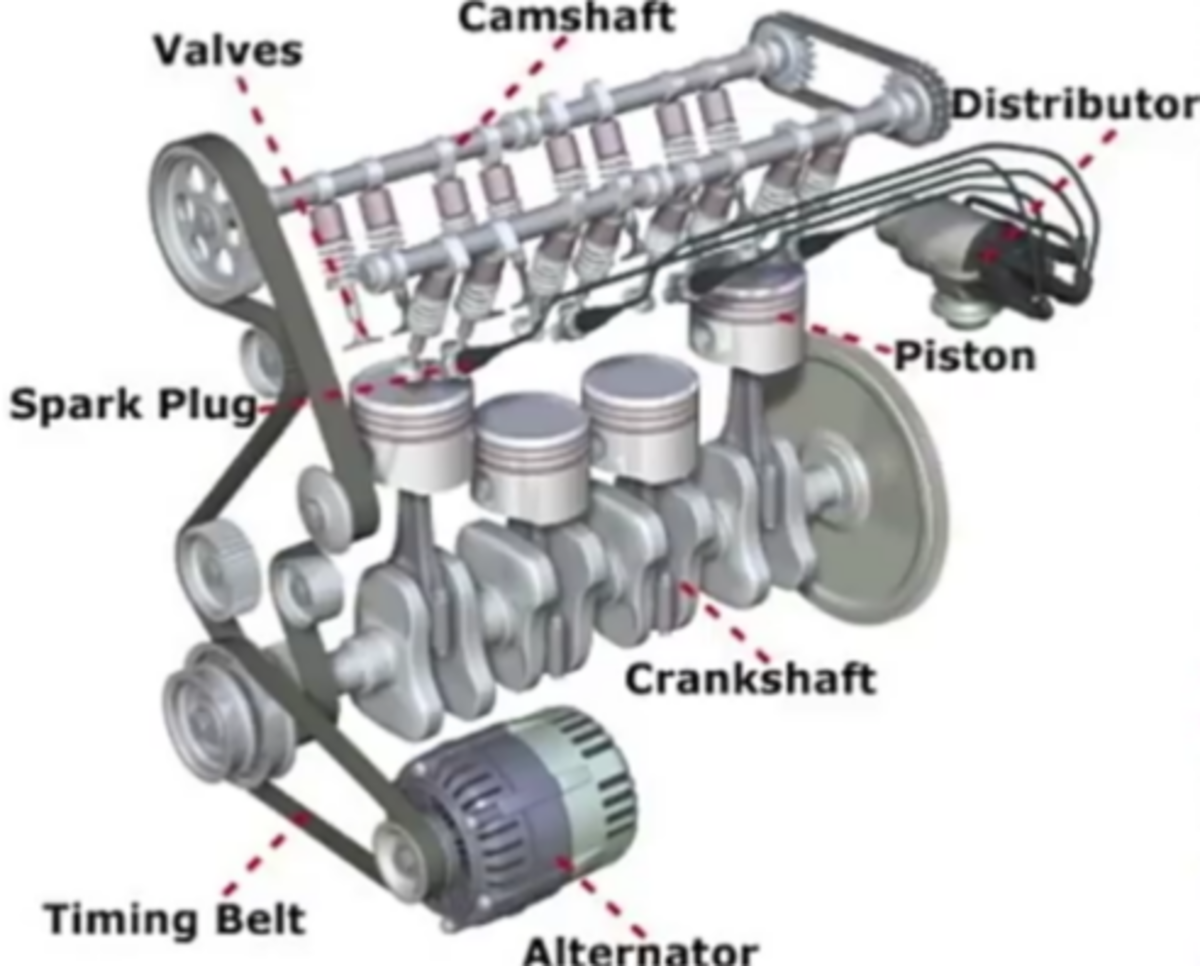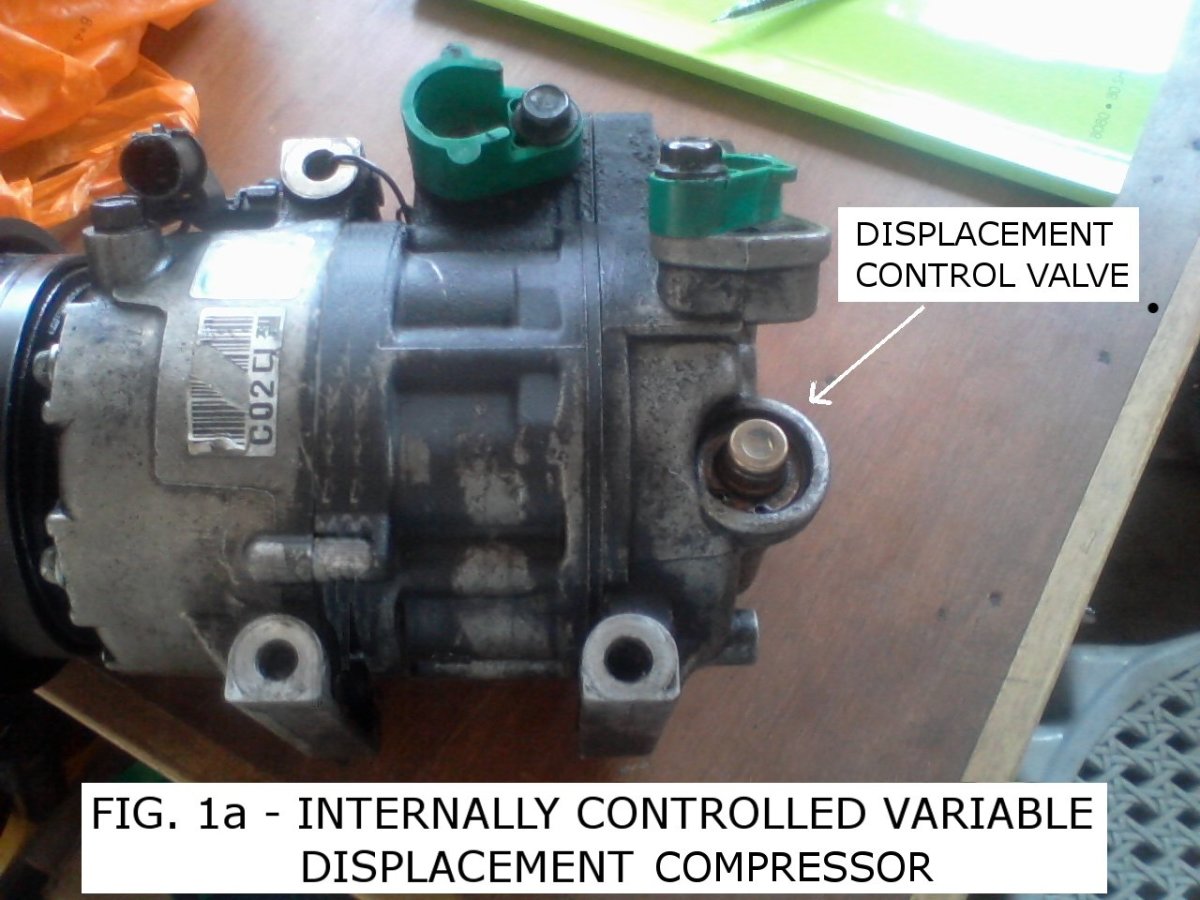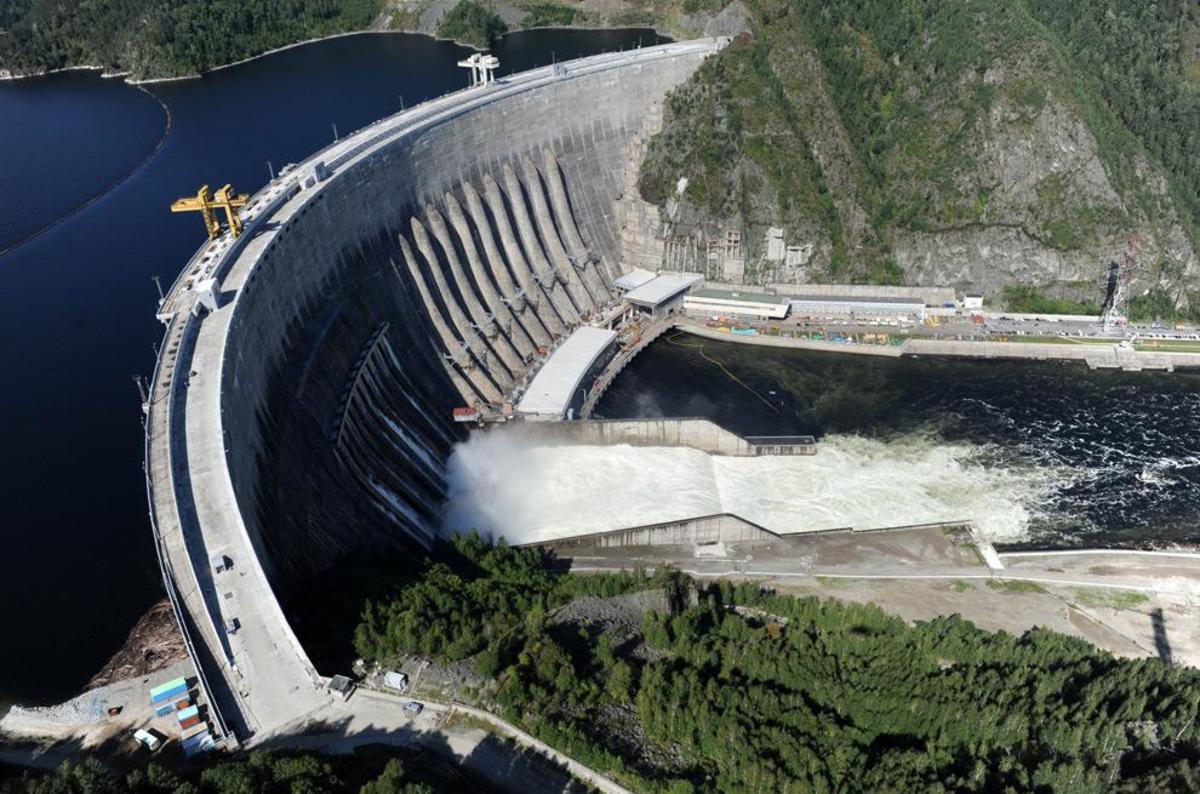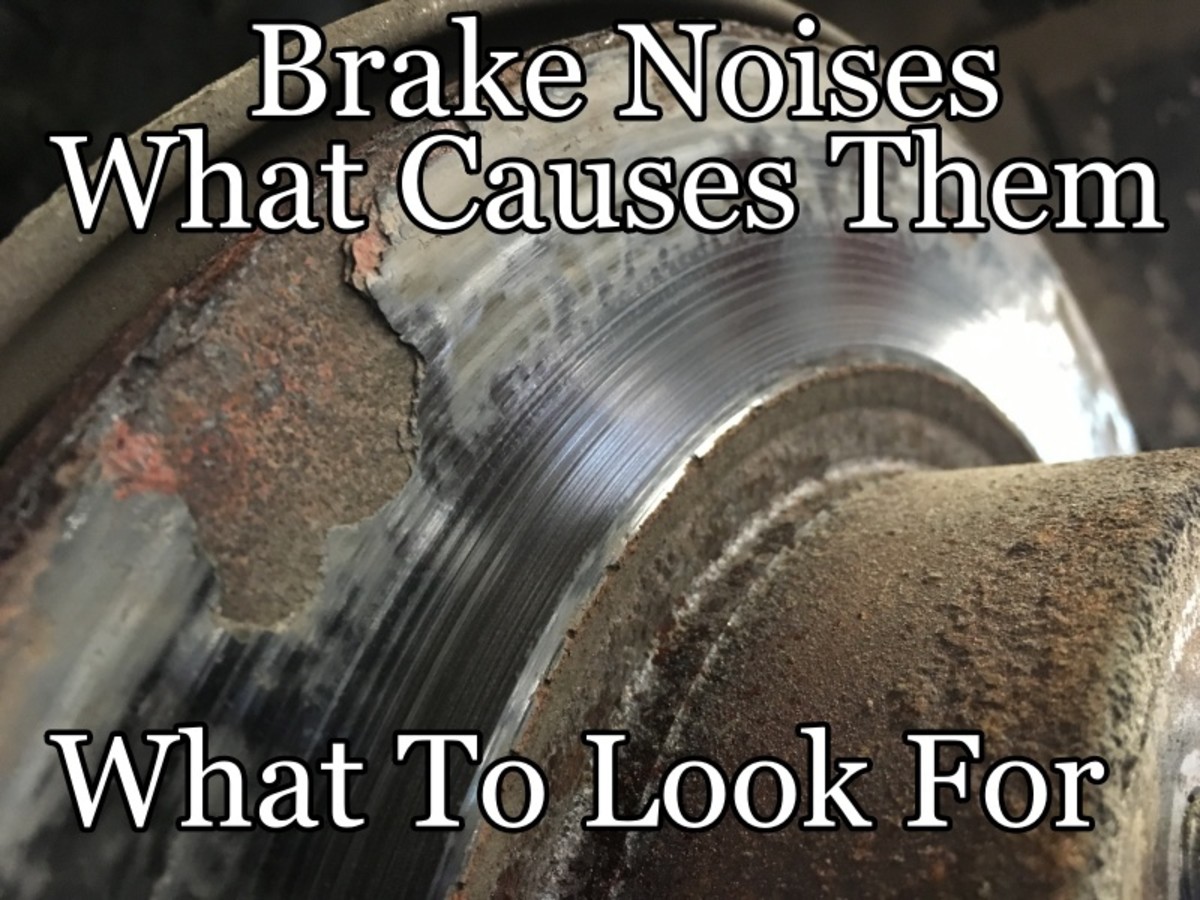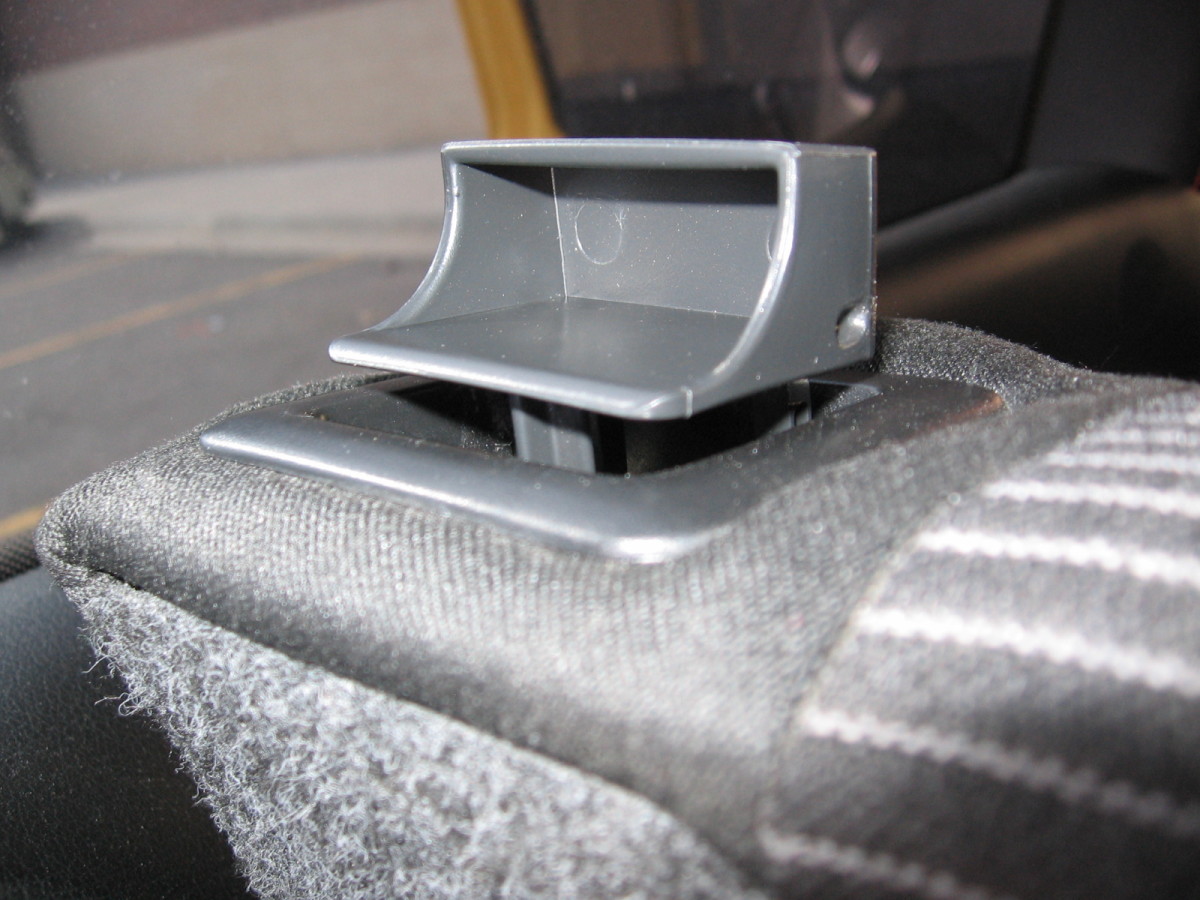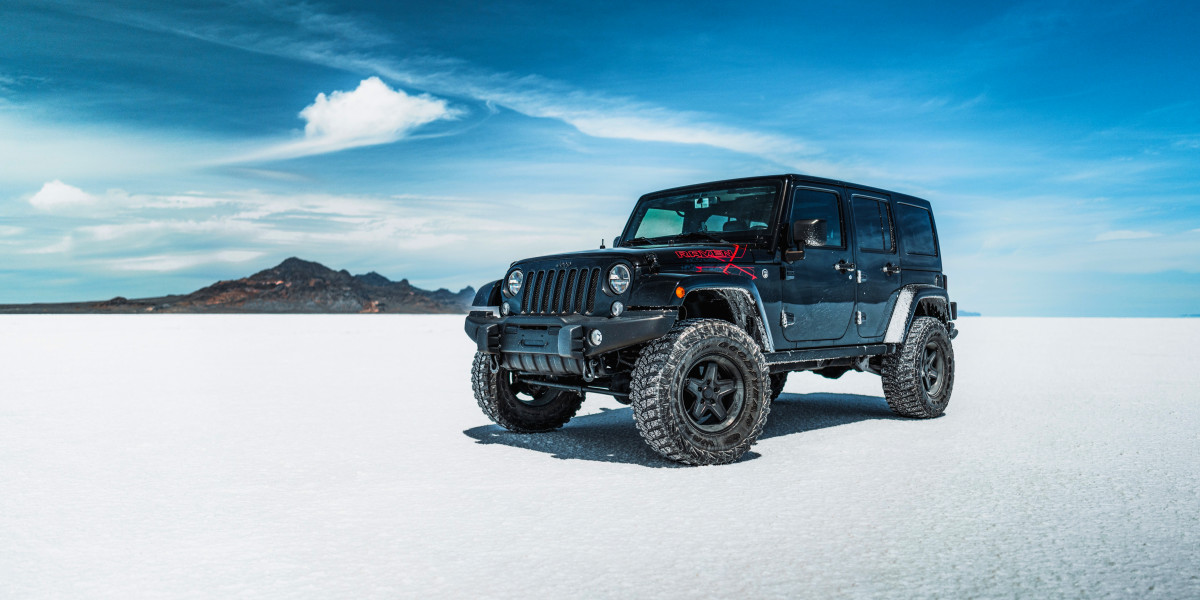Turbocharger And Supercharger: Applications And Uses
Turbocharger And Supercharger: Similarity And Difference
I wrote this little article excerpt here describing the function of the turbocharger and supercharger and their differences and similarities followed by pictures and diagrams illustrate the text. So I'll start at the beginning here.
Reciprocating piston engines that are naturally aspirated are dependent on atmospheric pressure to draw an air into the cylinder during the intake stroke. Approximately only 80 percent of the cylinders air capacity will be will be met. This does not allow the fuel charge to burn to its maximum potential causing unburned fuel to exit the engines exhaust port and manifold by installing a forced induction air pump into the intake of the piston. Engine combustion efficiency will increase allowing more fuel to burn effectively and efficiently maximizing fuel burn during the power stroke.
Turbocharger
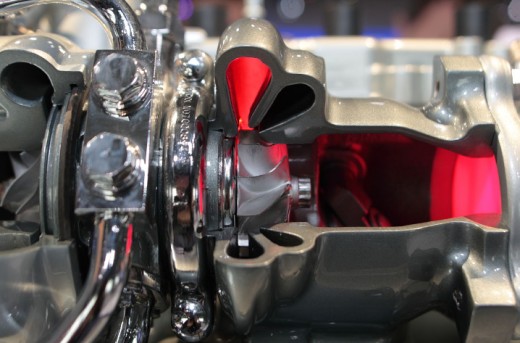
In turbocharger is a forced air induction pump which consists of a turbine connected to a centrifugal flow compressor disc in which the power to drive the turbine is taken from the engines exhaust waste heat. Allowing power in the form of, what amounts to a power recovery system you're taking waste heat and using that to power something else that enhances the engine's performance instead of letting it go off into the atmosphere. The 33 percent loss out of the exhaust in the form of waste purge velocity is directed towards a turbine which then drives an airflow compressor to push air into the engines intake increasing combust ability of the fuel without using any crankshaft brake horsepower to do so. So turbocharger was invented and this was kind of where the jet engine concept came from. You know in the piston engine turbocharger you have a turbine being driven by hot gases to drive air compressor, it's kind of sound familiar right. So you know they just set it off with a combustion chamber in between the turbine and the compressor but anyway the idea is to get more airflow into the engine. So the original idea for the jet engine came from the turbocharger.
Supercharger
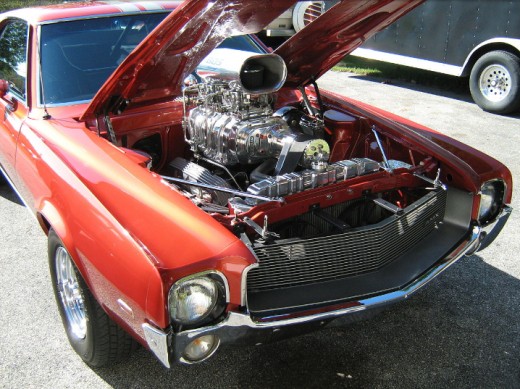
So as for a supercharger the same is true except that the superchargers is driven by the engines crankshaft via a belt drive connected to the supercharger with forced air induction compressor and has no turbine as a drive system to power the compressor but instead a pulley connected to a belt driven off. The engines crankshaft superchargers are practical and closer to sea level as to where there is sufficient atmospheric pressure but with higher altitude piston engines such as piston driven propeller airplanes the turbocharger is more effective since it will not take from the engines horsepower as it climbs higher where the atmospheric pressure is significantly lower than your sea level. You're going to take more power in the form of a supercharger. So that's why you have several chargers on piston powered airplanes. Kind of need it when you fly anything higher than all I'd say a mile above sea level.
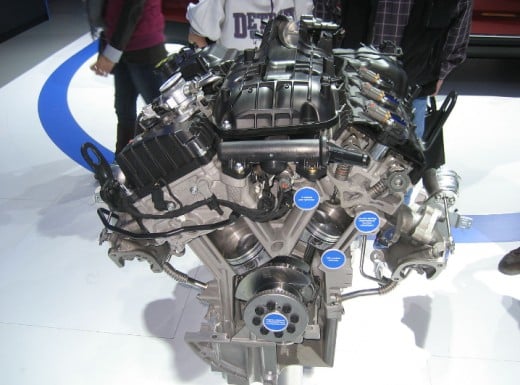
Application And Uses
So automobiles powered by gas piston engines that operate at a high altitude such as Denver Colorado which is over 5,000 feet above sea level required turbochargers to operate properly. Since the atmospheric pressure is considerably lower when a mile above sea level compared to sea level piston engine. Operating at such high altitudes will have to operate at higher rpm and lower gearing in order to draw in and off air in order for the engine to develop enough power and move the automobile properly. But when the forced air induction system is taking power only from the laced exhaust to drive the forced air induction into engine then there is a return back to the engine allowing enough airflow to enter the cylinder especially one under lower atmospheric pressure. As for both high-performance racing and conservative throttle settings the turbocharger or supercharger allow more airflow into the cylinder allowing for more fuel to burn so that higher performance driving is achieved.
How Turbocharger Works?
The turbocharger and supercharger serve their purpose with max amount of air enters a cylinder so that volumetric efficiency reaches 100 percent. So if you have like so much cubic inch displacement and a majority of that's got to be air like say--- 12 to 1 air to fuel ratio whatever that is in fractional ratio you really didn't get 80% of that for air under just atmospheric pressure. But if you have a forced air induction blower then you're going to get all the efficiency you need in terms of air flow. We're talking with just the volumetric efficiency so that's the ratio of the amount of air divided by the required air for maximum combust ability in relationship to volume displacement. So on the turbocharger, turbine is a valve which regulates the amount of exhaust gas into the turbine called a waste gate which is controlled by a vowel system which governs by expansion or contraction in relationship to atmospheric pressure. This could also be an electronic solenoid governed by atmospheric pressure or mechanical solenoid as well.
The idea to keep the airflow in cylinder close to the maximum potential airflow which is 100% . Anything more or less than a hundred percent will either not allow the turbocharger or supercharger serve its purpose or will cause over boost to the cylinder which can potentially damage the piston soon.
How Supercharger Works?
Maintenance
So the turbocharger you know now they're automatic wastegate actuator so you won't over boost and burn your turbocharger out but still you're gonna require some maintenance on the turbocharger more than with a supercharger because you also have like oil going through it. You have the heat and eventually you're gonna have more wear and tear on the turbocharger over the course of time. So there's gonna be more maintenance involved but supercharger you know it's pretty much like driving any other accessory. It's not gonna be under all this heat like an exhaust system will so you have less maintenance of course and then of course there are electrically powered superchargers. If you're going like for all altitudes up to maybe a mile or so it's best to stick the turbocharger because you're taking advantage of that waste heat and you're not taking any power onto the engine that wouldn't normally be lost on an exhaust. So thanks for reading this article and have a great day.
© 2017 Gaurav Verma

